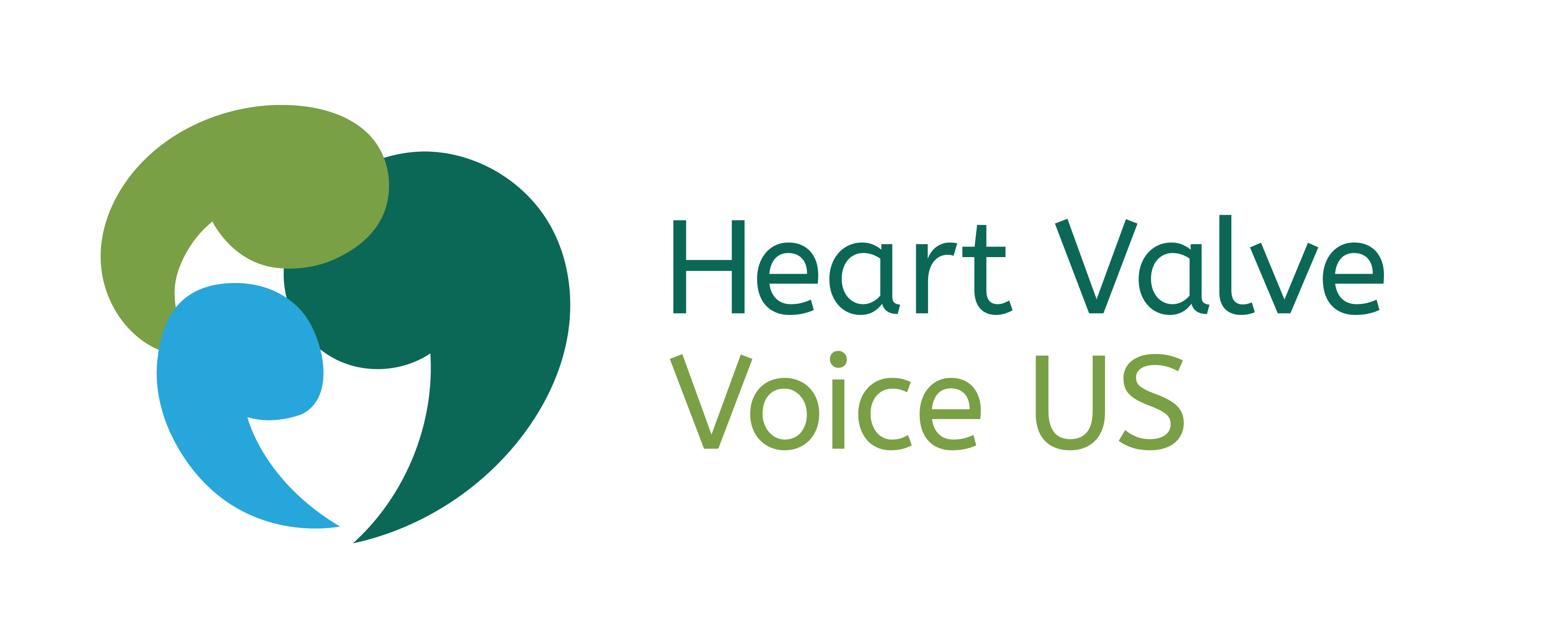
When I first learned I had severe aortic stenosis and the only treatment was a heart valve replacement, I was scared and overwhelmed. As a patient who has felt the jumble of feelings and questions myself, I hope sharing a few practical tips from my own experience will help you feel more confident and reassured as you go through the process.
1. Make sure you understand the basics of your condition and how it’s treated.
Severe aortic stenosis is a condition in which the heart’s aortic valve thickens and no longer opens normally. This restricts the amount of blood the heart can pump to the rest of the body. To compensate, the heart pumps harder, but if severe aortic stenosis is not treated, the strain can become too much for the heart to handle.
For a long time, the only way to replace the aortic valve was with open-heart surgery. In recent years, a less invasive procedure has been developed. With the newer transcatheter aortic valve replacement (TAVR) procedure, the aortic valve is replaced through a small incision in the groin. My TAVR doctor explained that he would thread a catheter containing a replacement valve through the femoral artery to my heart. The new valve would first be precisely positioned, and then opened over my damaged valve to start working immediately.
2. If you are considering TAVR as a treatment option, ask for a referral to see an interventional cardiologist.
My cardiologist was the doctor who first diagnosed my aortic stenosis, but I soon discovered general cardiologists do not do valve replacements. I was referred to the university medical center in a nearby larger city where I met with a heart team, which included both a heart surgeon AND an interventional cardiologist. I was surprised to learn that generally a heart (cardio-thoracic) surgeon performs surgeries that involve opening the chest for access, while an interventional cardiologist performs catheter-based interventions like a heart cath, placing a stent, or inserting a TAVR valve. If your referral is to a surgeon only, you may be told that open-heart surgery is your best or only option, which may not provide you with all the information you need to make your treatment decision.
3. Apply for a disability parking privileges placard.
If you are experiencing common severe aortic stenosis symptoms like shortness of breath, fatigue, or dizziness when walking, you might benefit from the use of handicap parking spaces. Even if you only need the parking placard temporarily, it can be a huge help while you’re waiting for your valve replacement.
4. Don’t forget about your mental health.
Although TAVR is a less invasive procedure and the recovery time is much shorter than for open-heart surgery, it’s important to have support from friends and family throughout the process from diagnosis to treatment. Don’t be afraid to ask for help; your loved ones will want to help make your life easier during this time but they might not know how. Also, consider joining TAVR support groups online or in person. Hearing others’ success stories and knowing you are not alone can provide reassurance to calm your fears and give you confidence that you too will soon be feeling much better!ADVERTISEMENT0 seconds of 1 minute, 0 secondsVolume 0% Learn More
Once your procedure is scheduled, you may feel a mixture of relief that you now have a plan to move forward, along with some anxiety leading up to the big day. Take time for soothing, comforting activities. For example, I was feeling nervous a few days before my procedure, so I decided to shop for a new pair of comfy pjs for the hospital and my recovery at home. Some other ways I gave myself some TLC: I got a massage, took a warm bath, and called a supportive friend. After a few days of self-care, I noticed my shoulders didn’t feel so tight, I was sleeping better, and I felt more calm and at peace. I encourage you to make a list of activities that you find relaxing and put several on your calendar for the week or so before your procedure.
5. Make sure you’ve got essential items at the hospital and at home.
To make things less stressful before your TAVR, start collecting everything you’ll need during your hospital visit–and during your recovery at home afterwards. Your TAVR hospital stay will likely be short, but you still don’t want to forget anything important! Print out a packing list in advance and place it in your overnight bag.
You also want to maximize your comfort once you leave the hospital. In my TAVR support group on Facebook, a member recently posted this tip: “Who’d have thought that constipation was the hardest part of having a TAVR?!” This person’s advice was to be prepared with a non-prescription stool softener or fiber supplement to prevent any discomfort from constipation afterward while the small incisions in your groin are healing.
6. Find ways to get moving after your valve replacement.
One of the best parts of having my valve replaced was getting back the energy and stamina I needed to exercise, as regular activity is crucial to keep our hearts healthy. Check with your medical team and follow their recommendations for you as an individual.
Make your life easier and start small by finding ways to incorporate movement into your day; for example, follow along with a video demonstrating chair yoga, or take a lap around your house during the commercial break of your favorite show. My doctor shared that one way to build up strength once you’re home from your TAVR procedure is to take three daily walks of 5 to 10 minutes each. Moderation is key while you are recovering. You might feel SO good that you’re tempted to overdo it. Please don’t. Go slow and steady for your very own recovery win!
You may want to consider cardiac rehab. Although required after open-heart surgery, exercising with a specially trained physical therapist in cardiac rehab isn’t always mentioned as an option post-TAVR. I asked my team for a referral to cardiac rehab because I wanted reassurance that my heart was working normally. Cardiac rehab gave me a safe environment under expert supervision to take my new valve out for a test run, literally, on the treadmill. Knowing I was ready to safely exercise helped me feel comfortable increasing my activity levels as I embraced a more active lifestyle after TAVR.
7. Premedicate with antibiotics for EVERY dental procedure or any invasive test or procedure.
Taking antibiotics before dental cleanings or any procedures is a very common practice that reduces the risk of infection once you have a foreign object (the replacement valve) put in your body. If antibiotics cause any gut or digestive issues for you, try taking probiotics for a month or so and include prebiotics found in yogurt, kombucha, and some sauerkraut.
I’ve received conflicting advice about premedicating with antibiotics. When I asked about this, my TAVR doctor said that from a public health standpoint, doctors are urged not to over-prescribe antibiotics in order to slow the evolution of drug-resistant antibiotics. My TAVR doctor told me that for the individual with an artificial heart valve, he ALWAYS recommends antibiotics before the dentist, even for cleanings.
Live a full life with your new valve.
After your TAVR, enjoy your new lease on life! Do what you love. Spend time with people you love. And find ways to laugh. I’ve found my new heart valve has drastically improved my quality of life–and my appreciation of the little things that make it meaningful.
Full article from HealthGrades.
